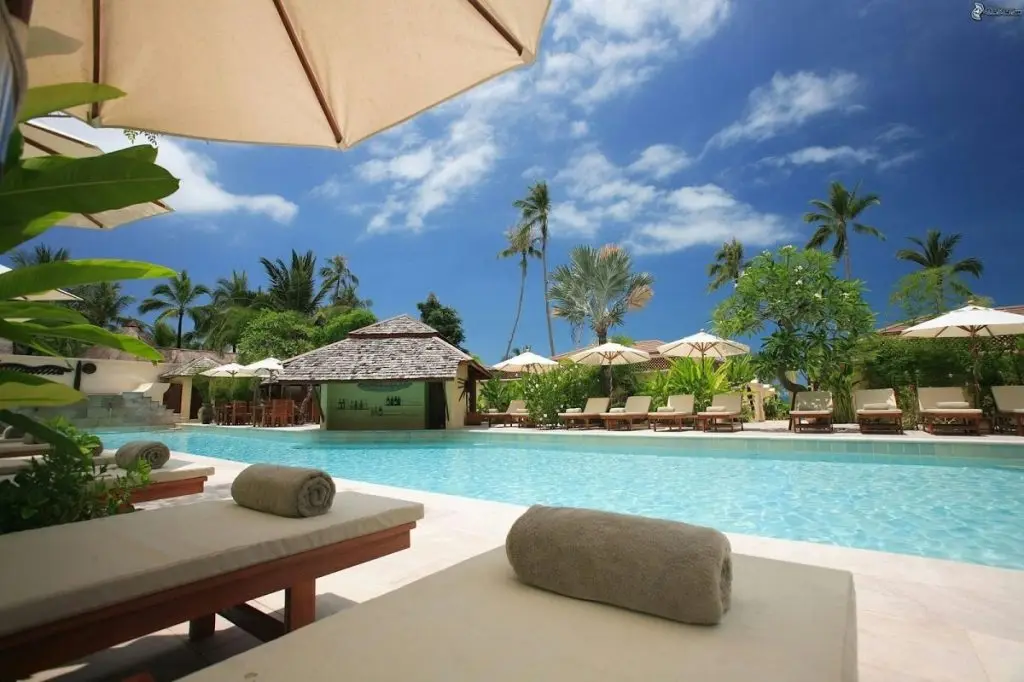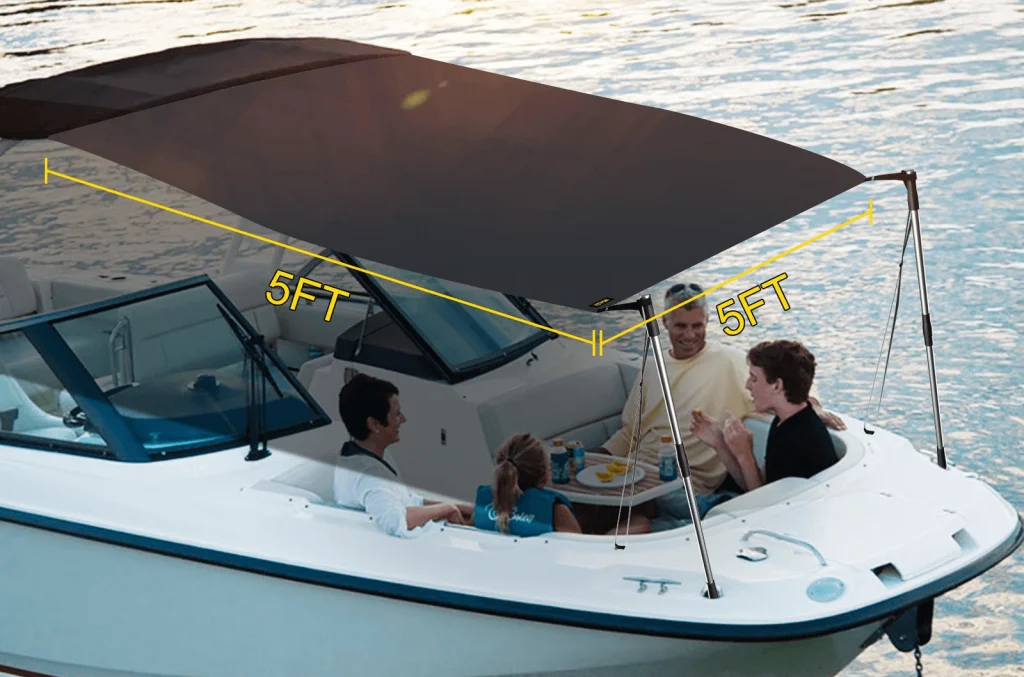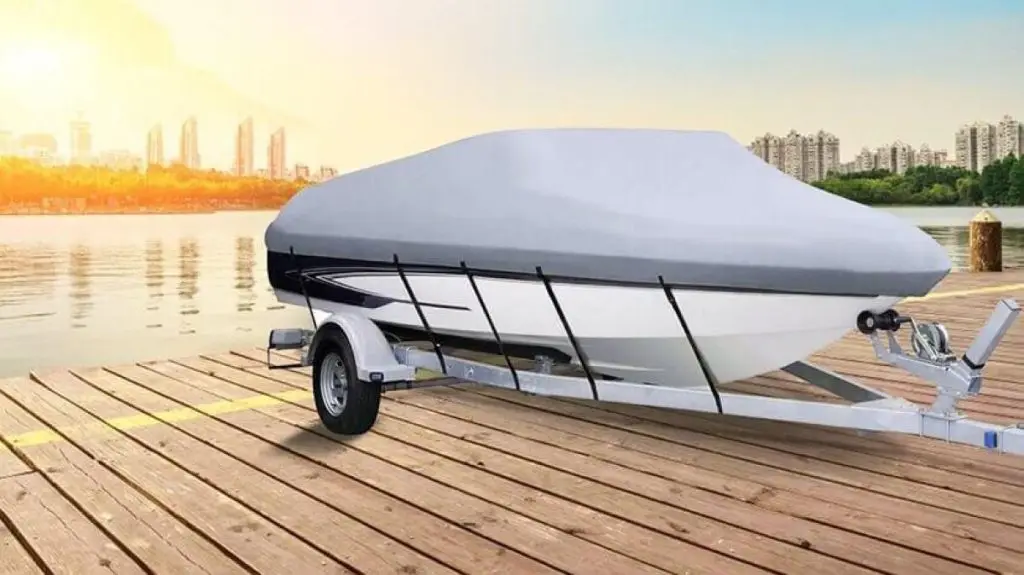Summertime is pool time. But readying your swimming pool for the summer can be quite a daunting task. However, getting the work done becomes easier and more effective by following a few straightforward steps.
It doesn’t matter whether it’s a fiberglass, concrete or vinyl liner pool, you want clean and clear water that’s ready for swimming and other fun activities when summer arrives. Your typical pool preparation tallies with general swimming pool maintenance tips, plus essential chemicals and tools for creating a healthy and clean pool.
Thankfully, once you’ve mastered the routine of running your swimming pool for a couple of years, your next summer reopening should be pretty straightforward. This article offers a handy guide on how to get your pool ready for summer, from start to finish, regardless of your unique pool size or conditions.
Table of contents
Assessing the Pool Condition
The first way to begin your swimming pool preparation for the summer is assessing the facility’s condition. Here are some of the vital tips to note to inspect and assess your swimming pool’s readiness for use.
Inspecting the Pool Structure
Here’s where to check for any cracks, chips, or damages in the pool structure. You also want to inspect for any uneven surfaces, protruding objects, or slippery areas that could potentially cause slips or trips.
Failing to check these issues promptly could in turn affect the water quality, heighten energy costs, or create potential safety hazards. An effective swimming pool preparation should also include assessing the gates and fence around the pool.
Checking Pool Equipment
You also want to assess the pool’s pump, filter, and heater. Look out for signs of wear and tear. Ensure to carefully inspect the swimming pool for leaks, damage, or signs of wear and tear that could hurt the pool’s safety or performance.
Also, assess the pool’s safety equipment functionality. Ensure the pool’s covers, alarms, and fences are rid of every potential hazard like slippery surfaces or sharp edges. Checking all structural equipment and safety equipment including electrical systems, pool covers and toys can help you quickly identify any potential safety risks and help you to quickly address them.
Cleaning the Pool
The first answer to the question of how to open your pool for summer is in doing some good cleaning for the active season. Cleaning the pool effectively includes completing tasks like:
- Removing any debris
- Scrubbing the pool’s walls and floors; and
- Vacuuming the pool
Removing Debris
Remove debris like leaves, branches, and any other items that may have accumulated in the pool over the dormant season. Meanwhile, if you use a mesh pool cover, debris could build-up considerably during winter.
You want to take out all forms of debris from the water and rid the filter, pump, skimmers, and drains of dirt and leaves. Also clean out the skimmer basket off any dirt to have a healthy pool.
Scrubbing the Pool Walls and Floor
Scrub the walls and floors using a pool brush. Also scrub the walls and floor at the pool thoroughly, taking out any stains that may have accumulated over the winter. Also, address any algae buildup using a good scrub or pool brush.
Vacuuming the Pool
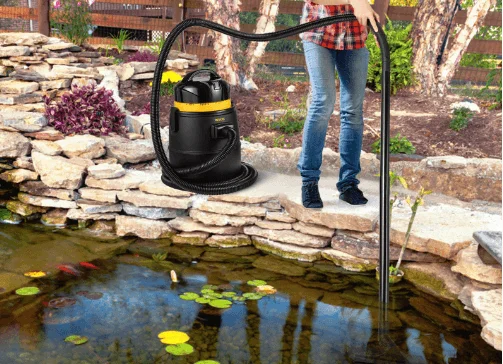
Vacuuming your swimming pool to ready it for winter is straightforward by taking heed to a few simple tips. To vacuum your pool towards winter:
- Assemble the pool vacuum by attaching the vacuum head and hose to the telescopic pole.
- Choose your filter valve setting, as applicable
- Begin vacuuming
- Disconnect the vacuum, change filter settings, and conduct a final cleanup
You want to purchase an effective vacuum cleaner with an excellent design that affords maximum suction and efficient dirt removal. An efficient suction head will have features like brushes that loosen/lift dirt and make it easier for vacuum suction.
Balancing Pool Water Chemistry
Here’s the next phase in getting a pool ready for summer. Appropriate water chemistry is relevant to maintaining a hygienic swimming pool. It’s also vital in preserving the safety and longevity of all swimming pool facilities.
Recommended For Your Project
Testing Water pH and Alkalinity
Assess the water’s pH balance, alongside the water’s total alkalinity. That’s because acidic water could corrode the fittings or other structures around the pool. Alkaline water could also cause the swimming pool to become slippery. Balance the pH levels to neutral levels to keep your water chemistry in great shape.
Adding Chemicals
Address any algae, bacteria, or other microbes with algaecide and other chemicals to disinfect the water. Meanwhile, you also want to shock the swimming pool with adequate chlorine levels to keep the water clear and sparkling.
Ensure to follow manufacturer’s instructions when shocking the pool based on the pool’s size and the contaminants’ level. To correctly add chemicals, adjust the pH to between 7.2 and 7.6. Get chlorine levels between 1-3 ppm. Mix algaecide in a bucket of water and pour it around your swimming pool. You also want to wait 2 hours after shocking to add algaecide.
Ensuring Proper Filtration
After adding algaecide and shock to the swimming pool, it’s time to filter the pool. You want to conduct proper filtration for at least 24 hours to effectively distribute the chemicals throughout the water. An effective filter will also help take out any dead algae or bacteria from the pool, leading to a cleaner and clearer pool.
Cleaning or Replacing the Filter
There are different types of pool filters, each with their unique features and maintenance requirements. Sand filters are the most popular filters. To maintain an effective sand filter, backwash every couple of weeks to eliminate trapped particles, allow water flow, and flush out the debris.
Do you have some excellent cartridge filters at your swimming pool? Remove the cartridge regularly to clean them every 4-6 weeks. Soak the cartridge in a specialized cleaner, rinse the cartridge, and reinsert. If it’s a diatomaceous earth filter, disassemble the filter and clean the grids/fingers at least annually. You may also add diatomaceous earth powder to the skimmer to maintain efficient filtration.
General maintenance involves keeping a clean filter on a regular basis, all-year-long. Monitor the filter pressure gauge; a sudden pressure increase depicts a clogged filter.
Backwash or clean the filter as necessary to maintain efficient water circulation. Also, maintain the appropriate chemical balance in the pool water to reduce the strain on your filter and preserve its lifespan.
Running the Pool Pump
Run an efficient pool pump for about eight hours in total daily, especially during the summer. Consider operating your pool pump during off-peak electricity hours, mostly at night; it could help you cut maintenance costs without compromising water quality. Effective water circulation moves your pool water through the filter, eliminating particles and debris from the pool to maintain a clean and sparkling pool.
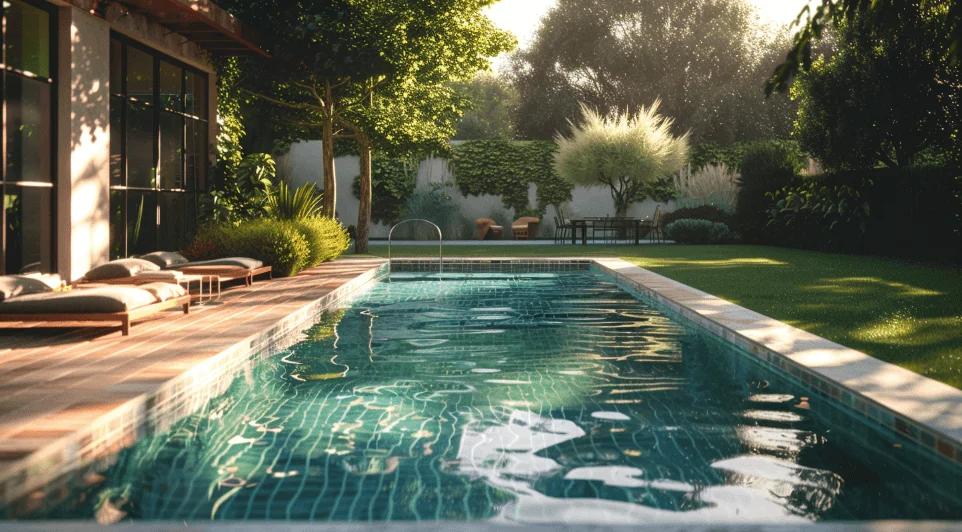
Inspecting Pool Safety Measures
The dormant period may have seen various potentially dangerous objects come around your swimming pool. Here are some helpful safety measures to note when getting the pool ready for summer.
Checking Pool Fences and Gates
Ensure all safety barriers like pool fences and gates are in place. Besides that, you also want to note some helpful pool safety tips:
- Walk when in the pool, don’t run
- Where applicable, set or follow pool rules and instructions.
- Avoid diving into the shallow end
- No roughhousing
- Ensure you don’t play around with drains and covers
- Avoid swimming alone
- Use pool safety equipment properly.
Reviewing Pool Safety Equipment
Here’s the part to review the health of pool safety equipment. Inspect pool covers, alarms, and safety ropes. Regardless of your pool choice, you want to ensure that your pool covers can prevent toddlers and kids from falling into the pool.
Simultaneously, the pool must remain solid enough to resist the weight of an adult without leading to injury. Also ensure to design the swimming pool safety standards to cut the chance that young kids can appropriately get into the pool area unsupervised.
Adding Final Touches
Add final touches to your swimming pool by setting up pool accessories and landscaping around the pool. Here are some helpful tips to get you started.
Setting Up Pool Accessories
Top up your preparation by setting up vital pool accessories to aid utility, functionality, and ease of usage. Some helpful pool accessories to install at your swimming pool include:
- Ladders
- Diving boards
- Pool toys
- Pumps
- Recessed automatic skimmers
- Flow meters
- Floor inlet fittings
- Drain covers
- Brominators
- Gas chlorinators
- Chemical feeders, generators, and controllers
Note that there are various swimming pool accessories so you want to stick with the necessary accessories. You also want to ensure that all accessories are safe and functional, throughout the summer, or all year long.
Landscaping Around the Pool
Landscaping around the pool is vital to enhancing the pool area with ornamental plants, trees, and shrubs. Remember to abide by some safety considerations to note when landscaping areas around the pool toward summer. For instance, consider fencing at least four feet high around all sides of the pool with a gate to keep kids out when without supervision.
Conclusion
If you’ve read this article to this point, you’d definitely have fewer questions on how to get your pool ready for summer. Whether you’re inspecting the pool ahead of the season, cleaning the pool, shocking it, or inspecting its safety standards, following the handy tips in this guide can go a long way in helping you prepare your pools for summer.
If have you got a swimming pool that needs preparation for summer, don’t hesitate to begin preparing your pool right away. Meanwhile, effective swimming pool preparation ahead of summer requires excellent maintenance products.
Thankfully, VEVOR’s range of top-quality pool maintenance products offers tremendous functionality, efficiency, and durability across all models and specifications. Feel free to preview any of VEVOR’s pool accessories & maintenance products and get your swimming pool preparation in top gear all year long.

